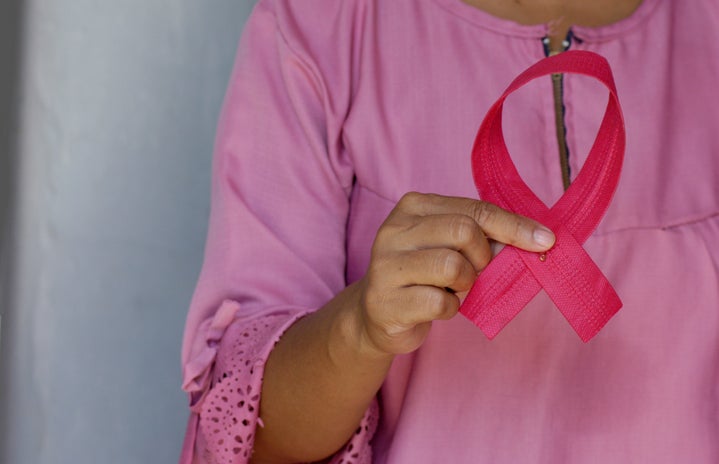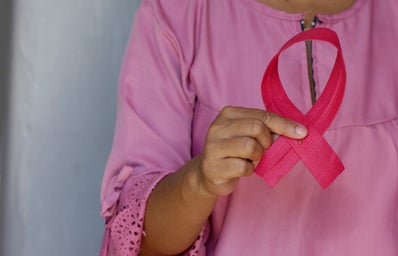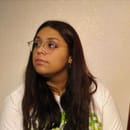As of January 2022, there are more than 3.8 million women with a history of breast cancer in the U.S. This number will keep rising through the year as more cases get diagnosed. This is a scary realization for women.
“I discovered a new growth on my left breast and immediately told my mom,” said Kaela Mae Bartolome, a liberal studies major at San Jose State University.
In 2020, after her 18th birthday, Bartolome experienced a breast cancer scare. Bartolome’s mother taught her to self check for any formations of lumps around her breast, this advice helped Bartolome catch the growth early on.
“Throughout my head, I was thinking the worst. I was anxious and convinced that it was cancer,” said Bartolome.
A scare like this is common for young women, it can cause panic and because of this, knowing what exactly to do after finding a lump can be challenging.
“I first had a doctor’s visit with my OBGYN, who had to confirm whether or not there was growth on my breast,”said Bartolome. “Once my OBGYN doctor found the lump, she was able to write me a referral to go to a different clinic for my biopsy a week later.”
A breast biopsy is a procedure done to remove a sample of breast tissue for testing. It’s recommended to further investigate unusual findings in mammograms and other breast exams.
“You are numb during the whole process and they take a large needle to retrieve three small pieces of the mass,” explained Bartoleme. “After the procedure, I had a small bandage to close the incision that was made.”
The testing process can take up to four to ten days, give or take. From there, your doctor will inform you of your test results.
“It took around four days, but felt like a week, for my doctor to call back and share the news that my growth was a benign growth which is common in women my age,” said Bartolome.
According to the Center for Disease Control and Prevention, “about 11% of all breast cancer occur in women younger than 45.” Even with this high percentage, it’s recommended for women to begin testing at ages 40 to 45. Any younger than that is seen as too young unless there is an underlying mutation, genetic reason or any new physical symptoms.
“I think that the age group should be changed to the early 20’s age range because of my personal experience and to take early precaution,” said Bartolome.
Bartolome’s experience, again, is common and if you ever find yourself in the middle of a cancer scare, know that there are resources out there to help you regardless of your age.
All SJSU students have access to primary care related gynecological services at the Student Wellness Center on campus. To make an appointment, call 408-924-6122.
For those who are not SJSU students, make an appointment with your primary care physician to discuss the best testing route for you and your case.
Let us know what you think about this article @HerCampusSJSU


